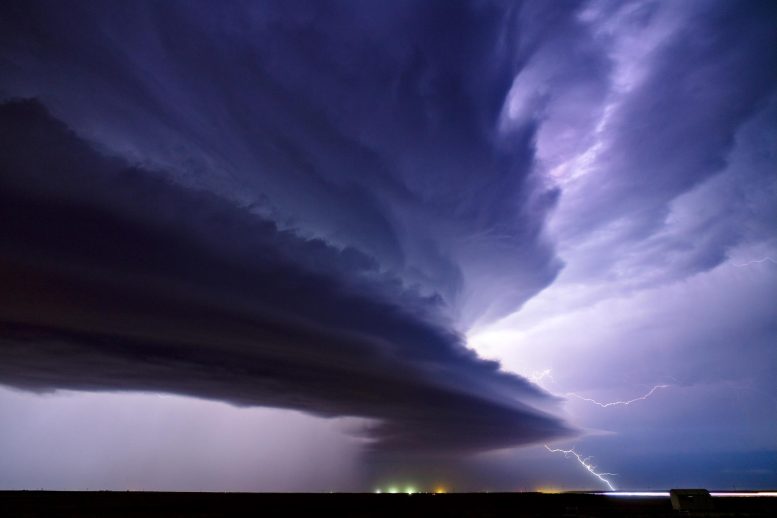
Scientists have uncovered how intense thunderstorms transport water vapor from the troposphere to the stratosphere, suggesting the involvement of a phenomenon called a “hydraulic jump.”
Scientists have provided new insights into how intense thunderstorms drive the injection of water vapor from the troposphere — the atmospheric layer closest to Earth’s surface — to the stratosphere. Their research proposes a feature called a “hydraulic jump” as part of this process.
When strong thunderstorms develop, most of these storms rapidly grow upwards through the troposphere until they reach the tropopause. Unable to grow further, their tops flatten and give the storms their distinctive anvil-like shape.
However, in some particularly strong supercells, intense updrafts can punch upwards into the stratosphere. These overshooting tops can cause Above-Anvil Cirrus Plumes (AACPs) to form several kilometers above the storm where they spread downwind.
In addition to heralding imminent severe weather, like major tornados and hail events, on the ground below, it’s thought that these cloud formations may also play a major role in injecting water vapor into the lower stratosphere, though this is still debated. And an adequate physical model of AACPs — and many of their features and effects, including potential climate feedbacks – is lacking.
To understand the physics of AACPs and their potential role in stratospheric hydration, Morgan O’Neill and colleagues combined large eddy simulations and corroborative radar observations.
O’Neill et al. found that the storm clouds that rise into the stratosphere function like a topographic barrier, deflecting high-altitude wind streams. This generates a hydraulic jump downstream of the storm at the tropopause, which drives intense injection of water vapor deep into the stratosphere at a rate that may exceed 7 tons per second once established.
According to the authors, AACPs are the visible manifestations of this process.
“Improved understanding of the physics of supercell thunderstorms – in conjunction with new observations being gathered by NASA’s Dynamics and Chemistry of the Summer Stratosphere mission… promises major advancements in addressing the remaining uncertainties in convective troposphere-to-stratosphere transport, quantifying its impacts at present, and forecasting how this mechanism will respond to changing climate conditions,” writes Jessica Smith in a related Perspective.
For more on this research, read Mystery of Icy Plumes That May Foretell Deadly Supercell Storms Solved by Stanford Scientists.
Reference: “Hydraulic jump dynamics above supercell thunderstorms” by Morgan E O’Neill, Leigh Orf, Gerald M. Heymsfield and Kelton Halbert, 10 September 2021, Science.
DOI: 10.1126/science.abh3857



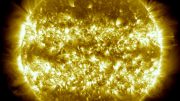
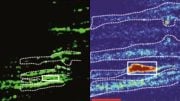

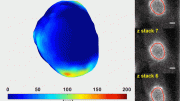
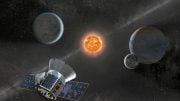

Be the first to comment on "Hydraulic Jump Drives Stratospheric Hydration Above Intense Supercell Thunderstorms"